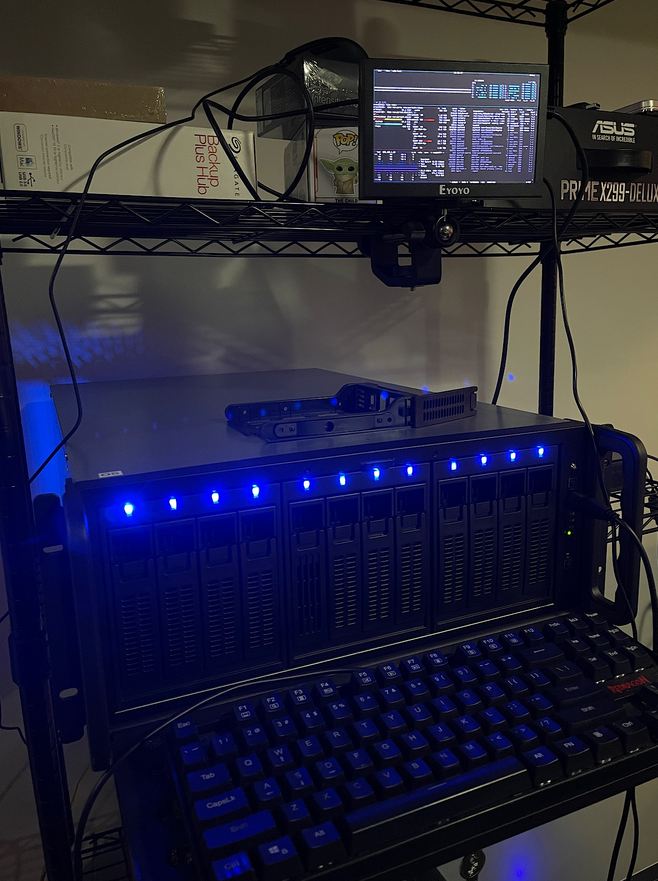The -USA-TAC YSF Reflector 12345
The -USA-TAC reflector has been created to allow finishing long QSOs started on the America Link Reflector, while allowing new calls to take place on the wide-audience reflectors. This is not a call channel.
If you are familiar with DMR, you might know TAC talk groups are common. I wanted to carry that over to YSF to give people a place to carry on longer conversations.
https://wiki.radioreference.com/index.php/Tac
-
Tac or TAC is an abbreviation for "Tactical".
-
TAC is also an abbreviation for "Talk-Around Channel".
As defined above, Tac and TAC broadly describe a dedicated or temporarily assigned, non-primary radio channel (repeated or simplex) or TRS-Talkgroup, used for at least one of the following general purposes:
-
Relieve radio congestion on the primary channel/talkgroup by moving heavy and/or event-specific radio traffic to the secondary Tac/TAC channel/talkgroup,
-
Improve clarity and safety for event-specific communications by providing a (possibly encrypted) dedicated or temporarily assigned channel/talkgroup free from unrelated radio traffic.
-
Improve direct unit-to-unit simplex communication when the repeater-site is out of range.
Origin of the TAC channels on amateur radio DMR : http://www.trbo.org/talkgroups/tac.html
TAC talkgroups are a project that provides a series of talkgroup(s) that can be used by 2 or more hams (on 2 or more repeaters) without necessarily busying out hundreds of repeaters and/or multiple IPSC networks. Consider it a routing method somewhat similar to STARnet, a PSTN trunk line or Tactical or a "go-to, on-demand channel" to be used after making contact on a wide area talkgroup such as North America, Comm 1, text message or by way of a schedule. It is not a calling talkgroup per se but a destination talkgroup.
Why call them TAC's? Tac is short for tactical, a term used in law enforcement and other public service agencies for unit to unit operations or communication so that the main dispatch frequency is not tied up for lengthy conversations. The idea is the same for DMR and other digital modes; that is, to provide talkgroups that do not tie up the main or wide area talkgroups which have hundreds of repeaters connected. This approach enables a few hams to chat without that negative impact to the main talkgroups while using the fewest possible repeaters to make the conversation possible
The US-TAC 12345 YSF Reflector is being hosted on my Proxmox server using this docker image which also includes the dashboard.
We also host the YSF 10001 Digital Radio reflector. This reflector can be called on and we encourage any and all to use it!


No Comments